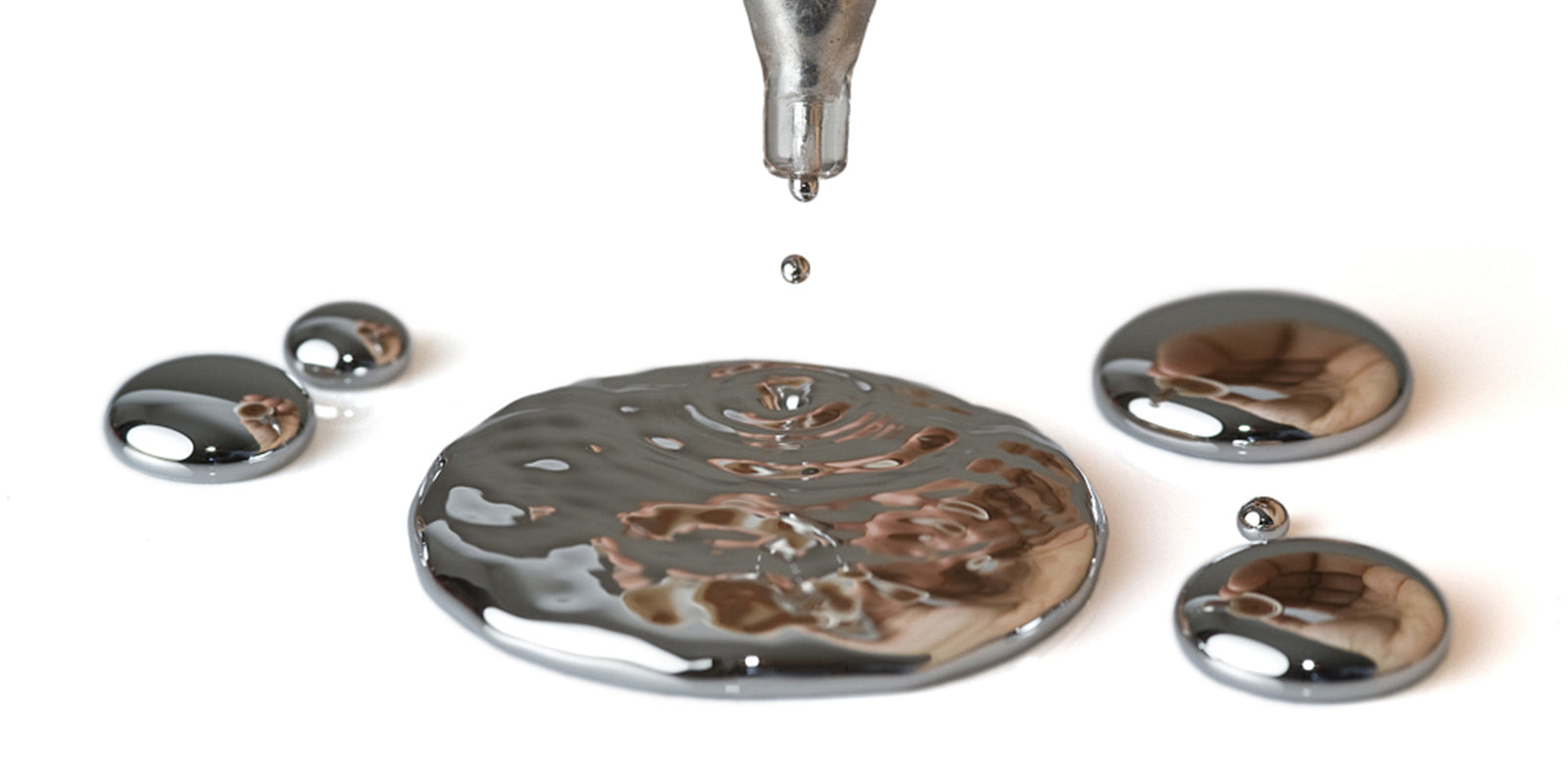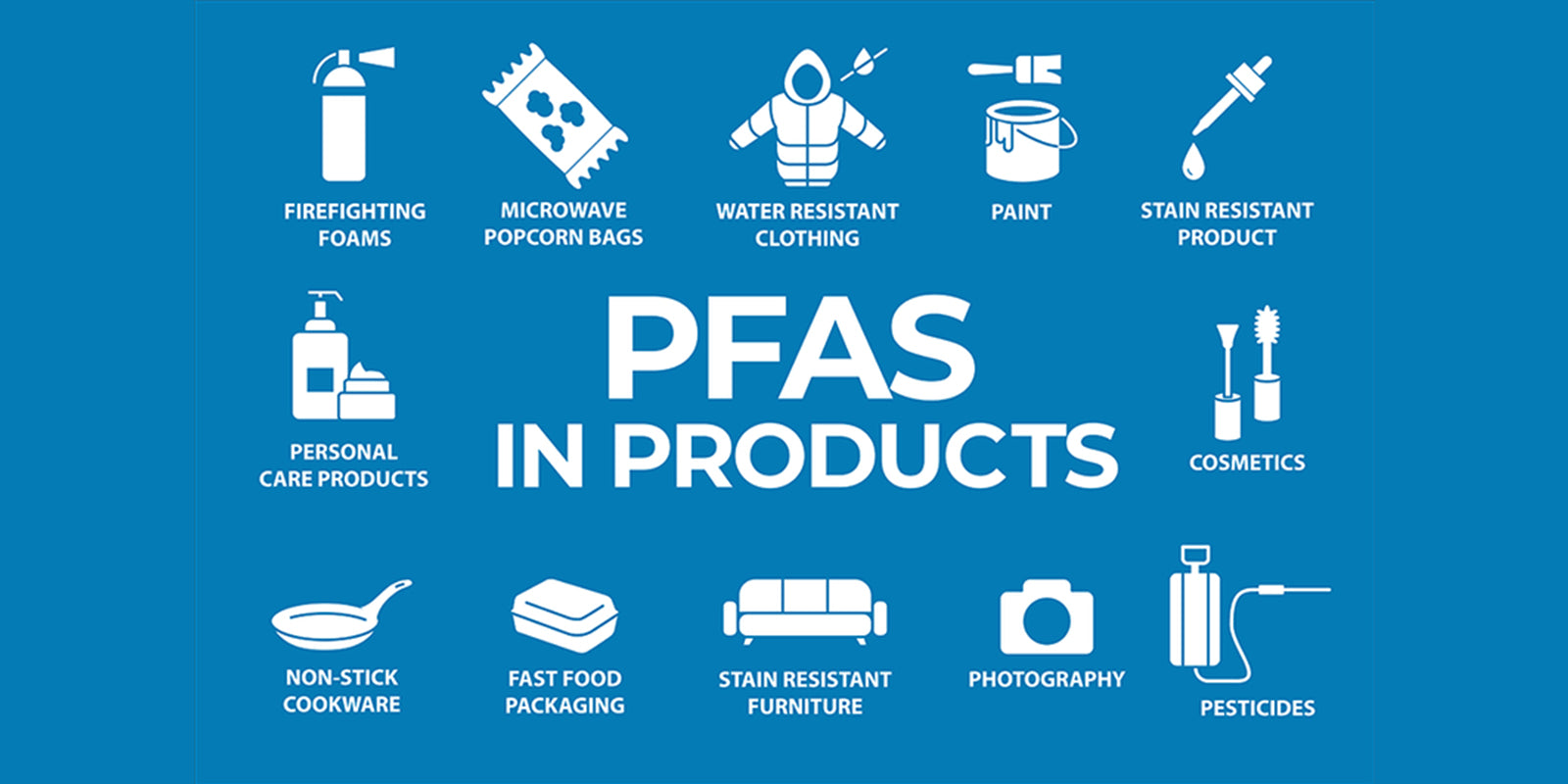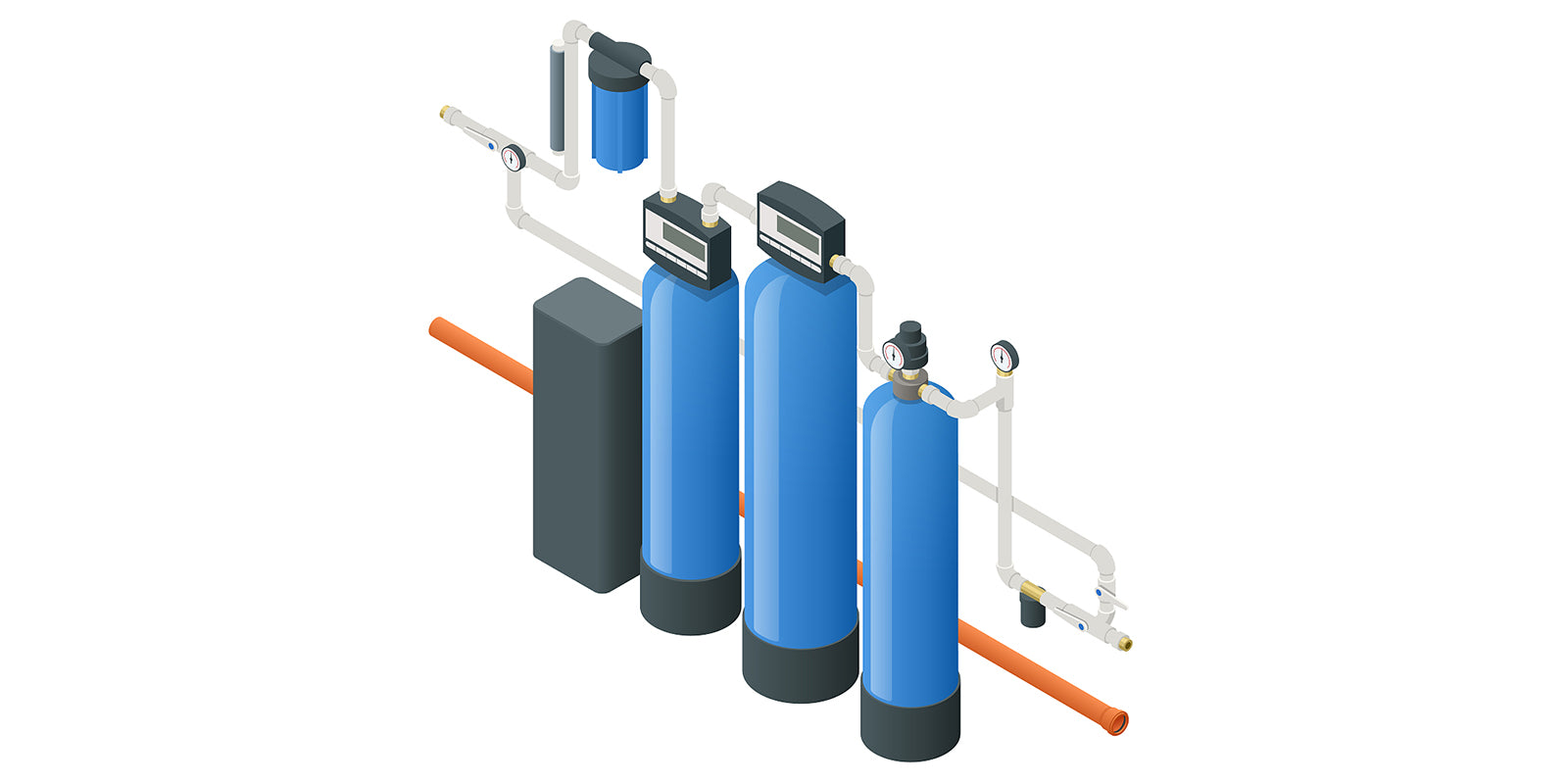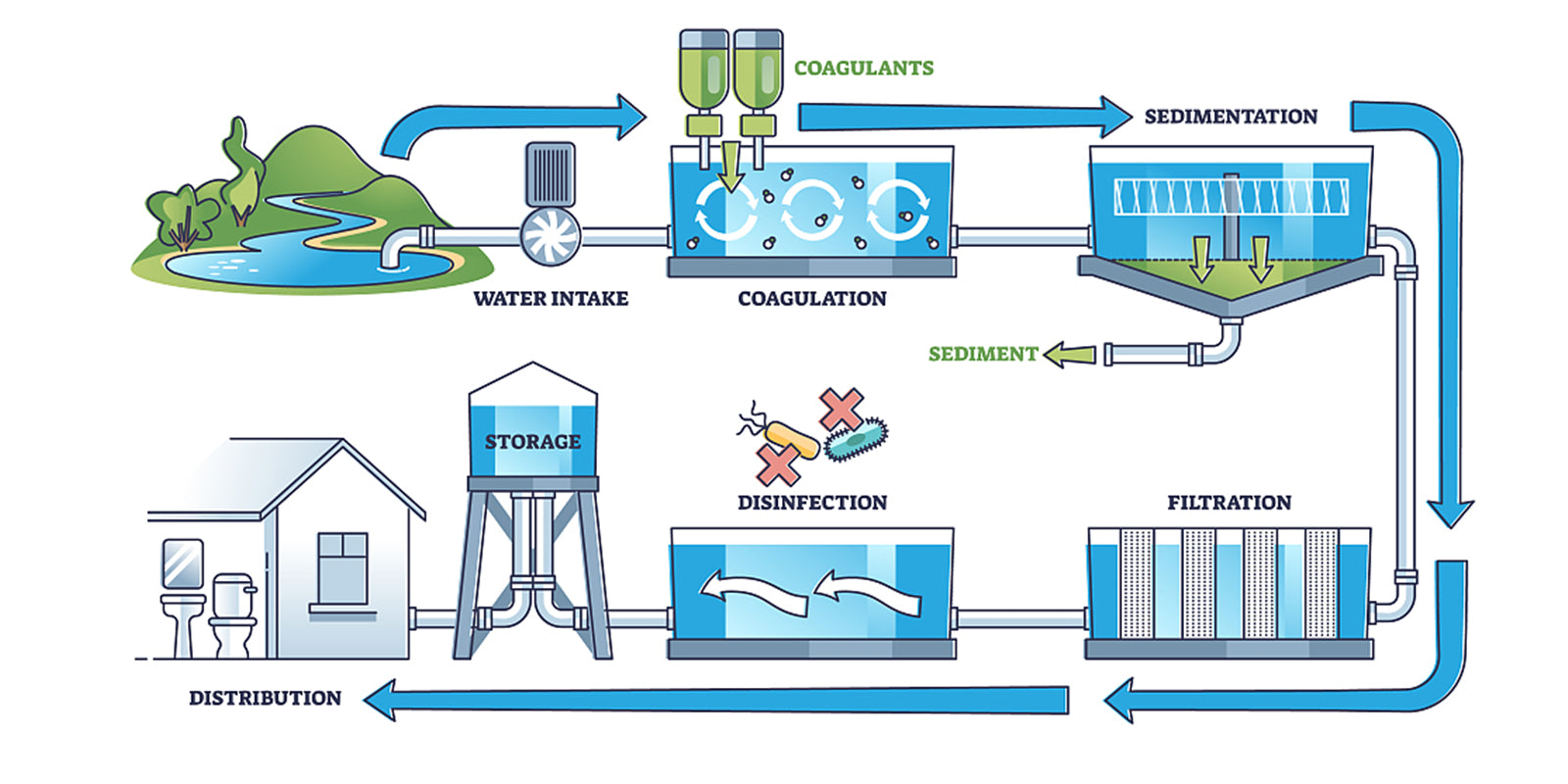Mercury is a metallic element and a common contaminant in water. Like other heavy metals, the hazards of mercury and methods of removal have long been a concern. Some people may wonder what the dangers of this metallic element are. And how to remove this heavy metal from water? This article will tell you the answer.
What is mercury?
Mercury is one of the most well-known heavy metals. Mercury in nature exists mainly in the form of mercury sulfide, which is insoluble in water and non-toxic. The concentration of soluble mercury in natural water bodies is generally low, and the bottom and biological tissues can be enriched with mercury.

What is the effect of mercury on skin?
I believe many women understand that adding heavy metals such as lead and mercury to cosmetics is harmful because lead and mercury are both heavy metals that cannot be absorbed by the body and can only be accumulated in the body. Some cosmetics with obvious effects are likely to be those with excessive mercury, so it is best not to buy them for the sake of effect.
Pigmentation
The use of mercury-containing cosmetics can make the skin fair in the short term, but long-term use of excessive mercury cosmetics will lead to pigmentation and brown spots on the skin.
Skin diseases
Long-term use of excessive mercury cosmetics will not only bring harm to the skin, but also may induce skin diseases. For example, allergic dermatitis, skin cancer, etc.

How to reduce mercury in water?
Distillation
Water distillation systems work by removing most of the solid contaminants dissolved in water through boiling and condensation. There are smaller systems that can be placed on the kitchen counter, but they are limited to producing small amounts of water per day. In terms of cost of use, the removal of mercury from water by distillation is somewhat more expensive than reverse osmosis systems because of the electricity used to boil the water.
Lime softening
Lime softening involves the use of Ca(OH) to increase the pH of the water, causing heavy metal contaminants to precipitate out in the form of Hg(OH). This method of mercury removal is also used as a remedy for water hardness, removing calcium and magnesium as precipitates. Lime softening is also cost effective and reliable.
Water filtration system
1)Reverse Osmosis
Reverse osmosis water filters work by forcing water through a membrane that blocks larger ions, such as lead and mercury. The common semi-permeable membrane material used is a polyamide membrane. This membrane allows only water molecules to pass through. There are also portable reverse osmosis systems, often called point-of-use systems, that can be conveniently installed near your home's kitchen sink. This process produces high quality water.
2)Carbon Filters
Activated carbon filter is one of the more commonly used filters in households, mainly through the adsorption function of activated carbon for water filtration, a process that naturally removes large molecules of heavy metals, but this method also has its own limitations. The first is that the filtration speed will be slow, and the second is that the filtration precision can not meet the needs of various life. However, it is now common to use under-sink filtration systems that combine activated carbon with other filtration technologies to remove other common contaminants such as mercury, lead, volatile organic compounds and chlorine.







